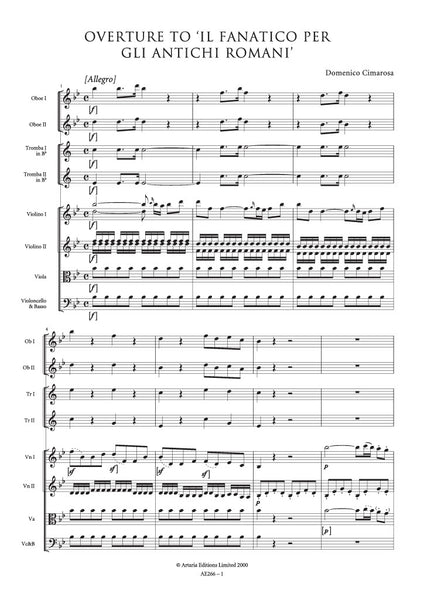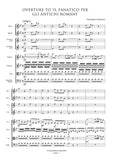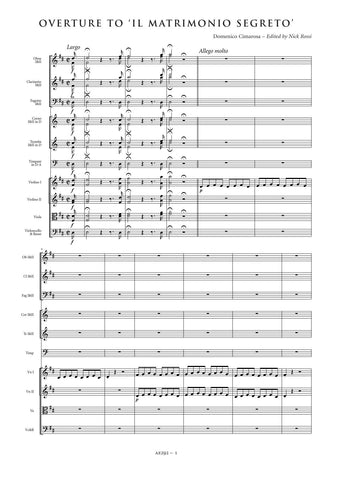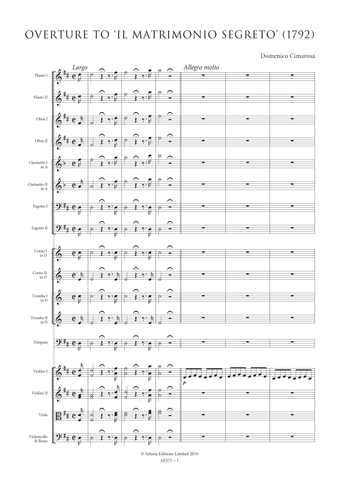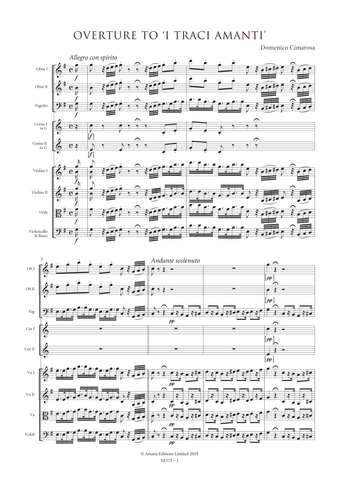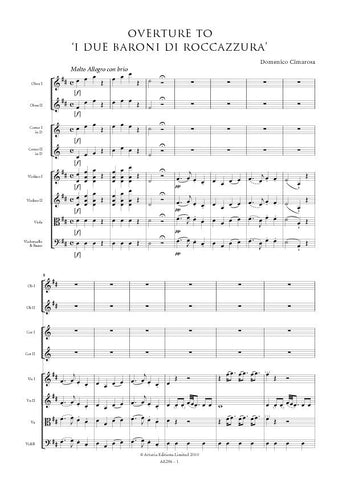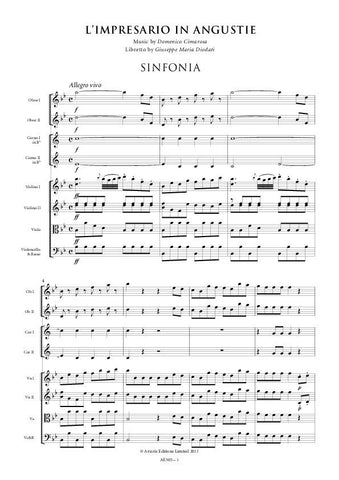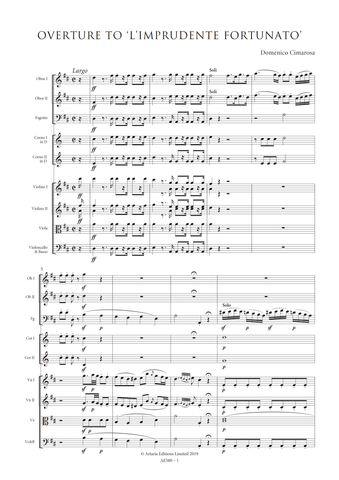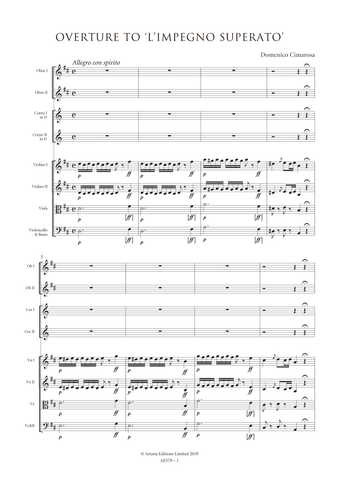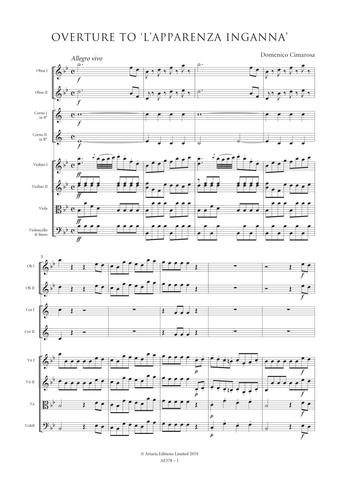Description |
Cimarosa, Domenico (1749-1801)
|
||||||||||||||||
Audio sample |
|||||||||||||||||
Details |
Il fantico per gli antichi romani (The Fanatic for Ancient Romans) is a commedia per musica in three acts with libretto by Giuseppe Palomba. The first performance took place at Teatro dei Fiorentini in Naples in the spring of 1777. Apparently the entire opera was presented in Paris during the nineteenth century under the title Le fanatique des anciens romains. Since the format or structure of most opere buffe in the eighteenth century consisted principally of a string of arias and recitatives (the ensembles being limited to an opening Introduction in Act I and a closing Finale for most of the other acts), Il fanatico per gli antichi romani is remarkable for its ensembles: a duet, two trios, two quartets, a quintet, and two sextets. Surprisingly, it was not the ensembles but the solo items which were extracted for eighteenth-century performance in both Genoa and Naples as well as in London. The plot of the opera centres around Don Cajomarzo who is the fanatic for the ancient Romans. Both rich and ignorant, he has adorned the walls of his villa with portraits of imperial Romans.Wanting even more such portraits, Cajomarzo has invited Don Marcoaurelia, who is both young and shrewd, to come and add some new frescos and paintings of historical Romans to the owner's present collection, for Cajomarzo wants his home to look its finest for his forthcoming wedding to the 'widow' Emilia. Actually Donna Emilia, a noble Roman lady, is Don Marcoaurelia's sister and believed to be Don Pompeo's widow. Don Pompeo Totomaglia, a silly young vagabond, has fled from her, leaving everyone to think Emilia's husband is dead. Pompeo's neice, Lunalba, the daughter of a Spaniard, is in love with Simonetto, Cajamarzo's son, a bold and cunning young man who is in love, not with Lunalba, but with Nanenella, a rich gardener. After a series of ensembles and much, much confusion and intrigue, Emilia and Pompeo are reunited in a closing love duet. An edition of this overture edited (it is more accurate to say rewritten) by Piero Bormioli was published in 1951 (Milan, Suvini Zerbobi) and later recorded. Bormioli's edition includes additional instrumentation and an entirely new middle movement derived from one of the composer's keyboard sonatas. The present edition is based on the holograph score preserved in the library of the Conservatorio di musica S Pietro a Majella, Naples, under the shelfmark Rari 1-1-12. As is the case with most of Cimarosa's autograph material the overture to Il fanatico per gli antichi shows signs of having been composed at breakneck speed. Every conceivable notational shortcut is taken and his placement of articulation and dynamic markings is erratic. It has been necessary, therefore, to frequently interpret the composer's intentions and even at times to impose an editorial solution where his own thoughts are not clear. In making sense of Cimarosa's score the style and notation of articulation and dynamic markings have been largely standardised throughout, and, where missing, markings have been reconstructed from parallel passages. These are indicated by the use of dotted slurs or brackets where appropriate. Obvious wrong notes have been corrected without comment; editorial emendations with no authority from the source are placed within brackets. Nick Rossi |
||||||||||||||||
Score Preview (best viewed in full screen mode) |
|||||||||||||||||
Loading...
Error




